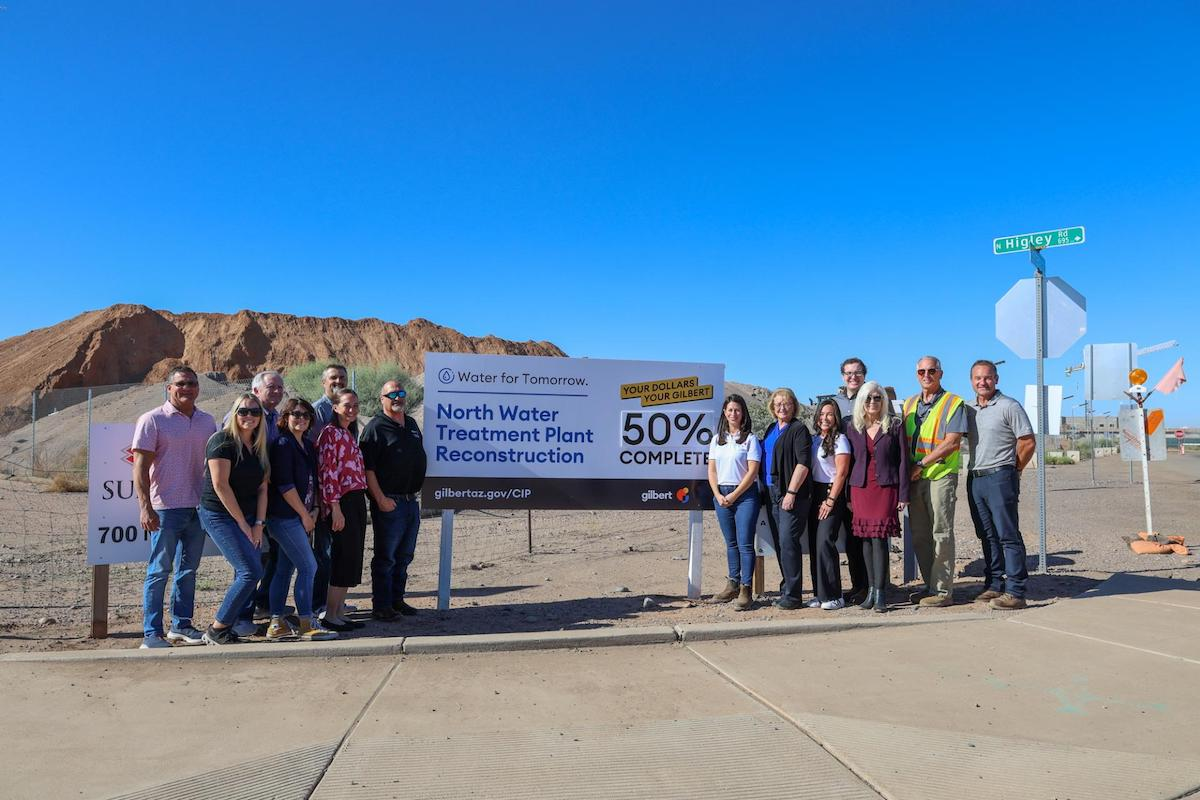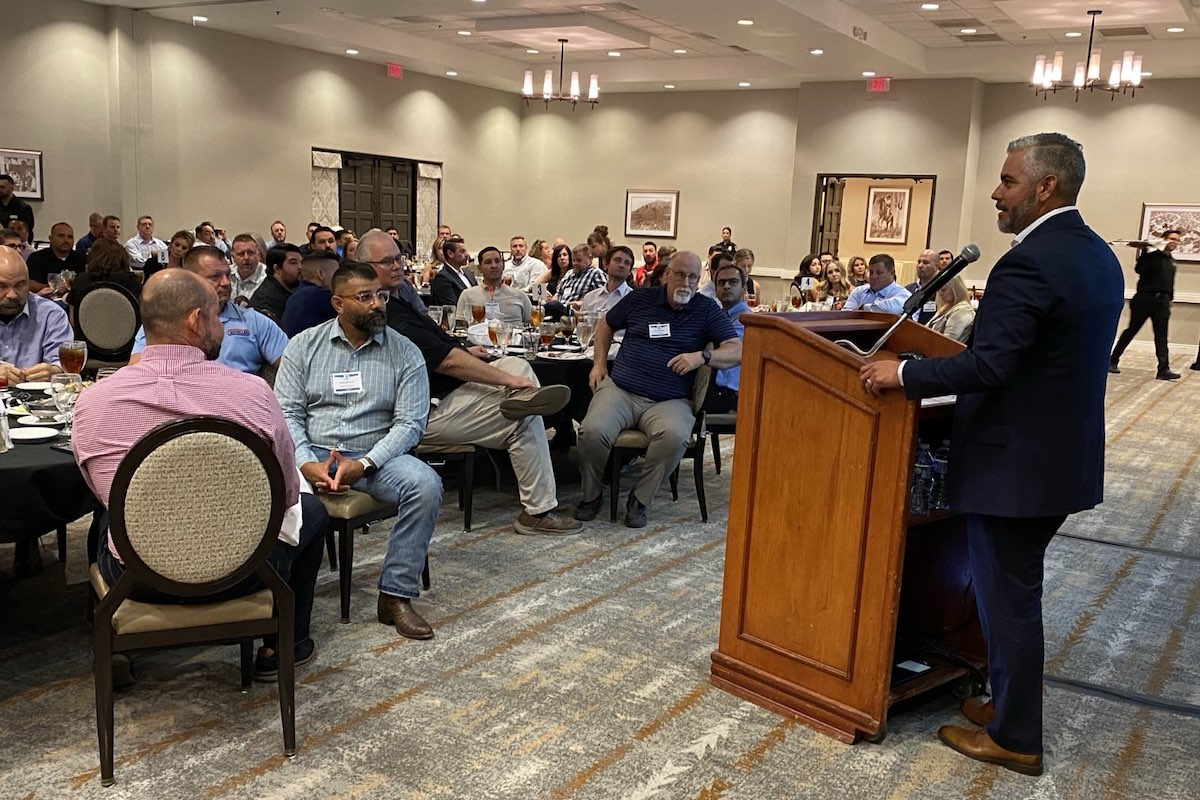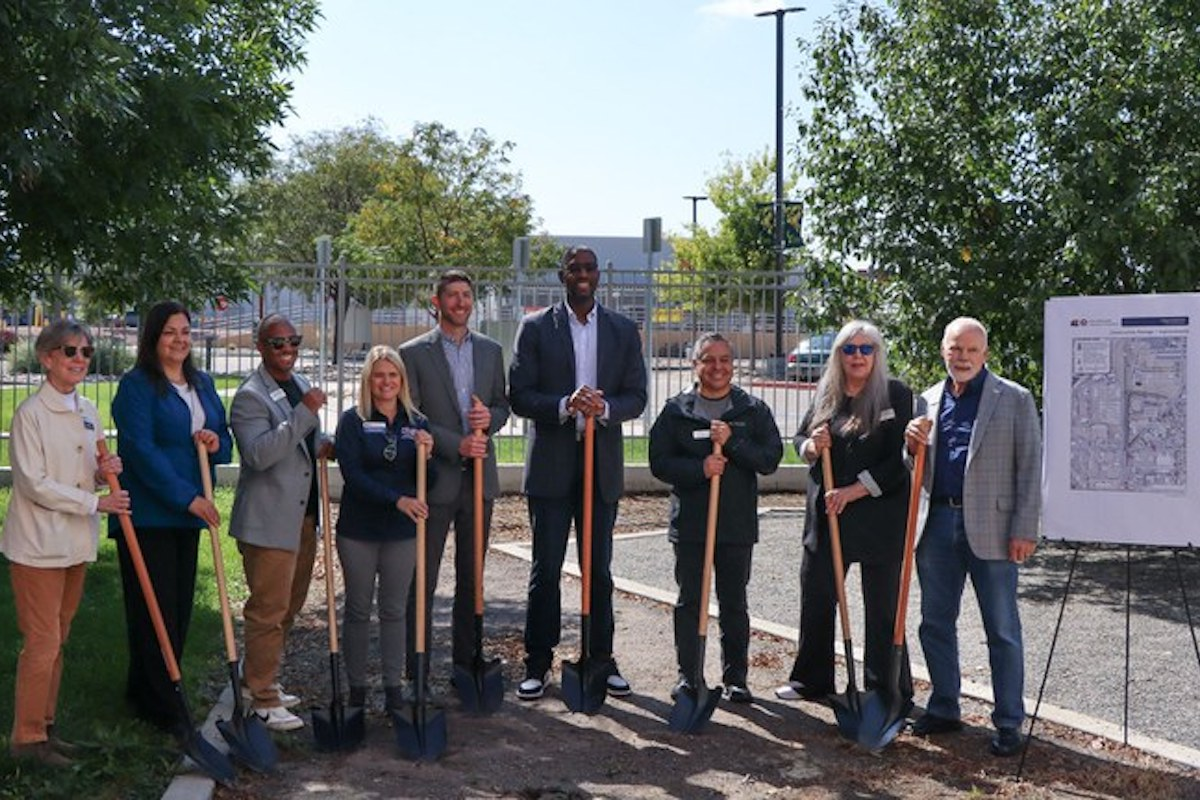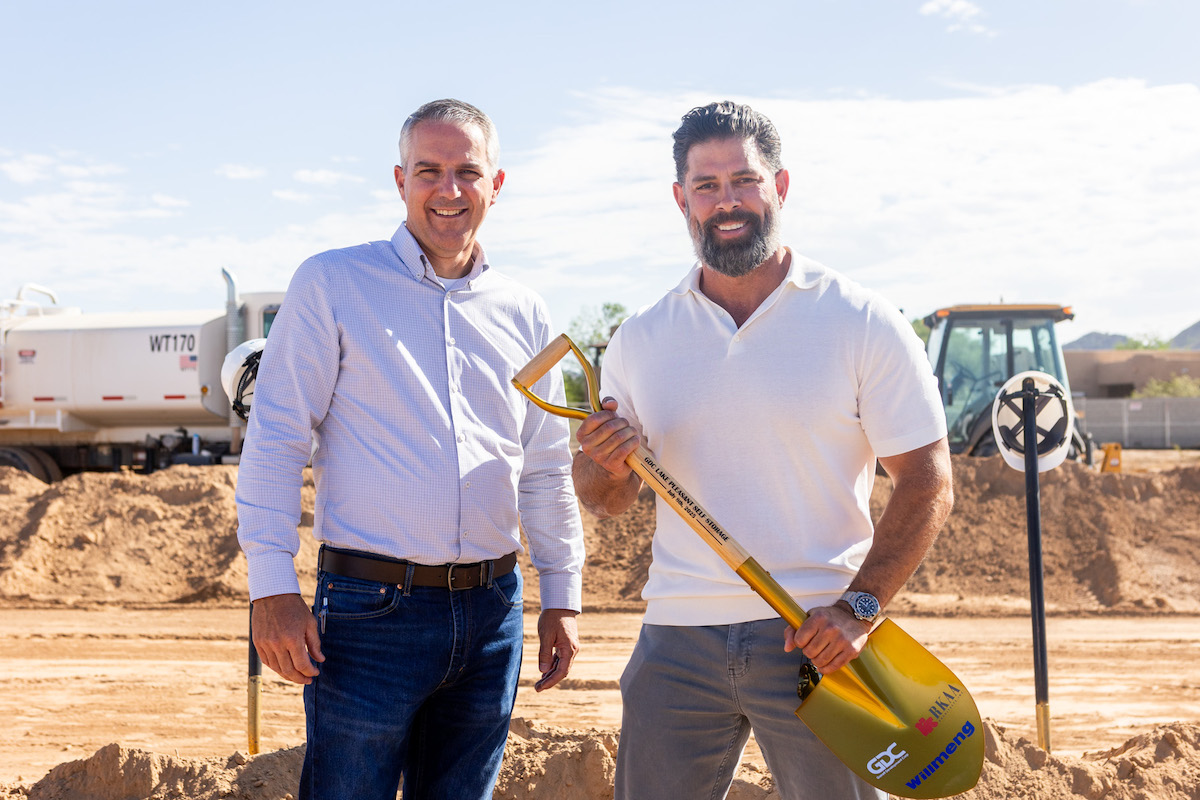Some companies view safety as a “check the box” kind of activity, believing that once they’ve addressed safety topics, they’ve done what they needed and can move on to other, presumably more important matters. But even if OSHA regulations didn’t stress the importance of ongoing safety programs, they provide a long list of benefits to companies and their workers.
Fewer Safety Incidents
It may seem obvious, but a primary objective of safety programs is to reduce the number of injuries to workers and damage to facilities and equipment. Injuries not only affect the employees who suffer them, but they have effects that spill over onto companies and coworkers, from lost productivity to direct and indirect financial costs. For example, if a worker is injured and needs to be transported to a medical facility by a supervisor, the tasks the worker would have performed and the supervisor’s jobsite responsibilities either go undone or have to be completed by other workers.
Improved Productivity
Studies have demonstrated that workers who feel safer on jobsites and who believe safety is a priority are more productive and tend to be happier.
Talent Retention
In the current tight labor market, it’s easier than ever for workers to change jobs. When workers believe the company has a genuine interest in their well-being, they’re less likely to leave for another opportunity. That’s important, because not only is turnover frustrating, but it also carries hefty costs for finding and training replacement workers, as well as lost worktime and delays when jobs remain unfilled.

| Your local Bobcat dealer |
|---|
| Romco Equipment Co |
| Faris Machinery |
| Ditch Witch West |
Lower Insurance Costs
Workers’ compensation coverage premiums are adjusted to reflect a company’s history of recordable incidents. A higher-than-normal rate of injuries and incidents leads to several years of significantly higher insurance premiums.
Following the Law
Workplace safety is more than a goal. According to state and federal safety regulations, companies are responsible for taking steps to protect the health and safety of workers. Strong safety cultures and programs assure compliance with regulation and reduce the potential for companies to face regulatory penalties or actions.
Constant Reminder
When safety becomes a normal part of every day, workers become more accustomed to thinking about it, such as considering the safety aspects of every task they perform.
Human Memories
No matter how effectively you train people, what we learn gradually slips away. Making training an ongoing process improves retention by repeating important concepts and reminding workers of safer practices.
Updating Certifications
Some tasks and positions require workers to earn and maintain certifications or licenses. Often, ongoing training on safety and other issues is part of what’s needed to keep the certification or license up-to-date.

| Your local Volvo Construction Equipment dealer |
|---|
| Faris Machinery |
Projects and Tasks Change
For most organizations, the nature of both projects and the specific tasks they entail is ever-changing. As workers take on new tasks or find themselves in different work environments, it’s important to revisit safety issues to ensure they know how to handle those situations in the best ways.
The World Changes
Regulations and technology are also ever-changing, and an ongoing program ensures workers have the up-to-date knowledge they need to protect themselves and their co-workers.
For most companies, monitoring focuses on what are known as lagging indicators, essentially tracking things that have already happened, such as injuries or lost workdays. While these are important metrics, they offer little insight into the likelihood workers will continue to work safely in the future.
That’s why savvy companies also monitor what is known as leading indicators. Such indicators can be used to predict what’s likely to happen. Examples of leading indicators include factors such as the number of safety inspections, how often safety training is conducted, and how visible site and company leadership’s support for safe behaviors is to workers. Tracking both types of indicators gives companies a clearer picture of the company’s safety culture.
Ideally, the goal of safety communication is to ensure workers will instinctively know what to do when presented with a safety-related situation. Whether it’s recognizing a hazard in the way a task is set up or responding to a situation such as a worker suspended from a fall harness, you want to be certain workers know exactly what they need to do to prevent injuries and incidents.

| Your local Trimble Construction Division dealer |
|---|
| SITECH Northwest |
| SITECH Southwest |
| SITECH Rocky Mountain |
When workers are empowered, they develop a strong sense of ownership and accountability for the safety of those around them. They won’t hesitate to act or speak up when they see a situation that requires attention. Workers will look out for each other and accept suggestions about their own work practices respectfully, not resentfully.
They’ll take pride when you share metrics confirming improved safety performance.
Ongoing safety programs create a culture and environment in which workers perform their tasks safely and efficiently, with confidence and high productivity. Companies that are able to create cultures like these are more likely to succeed in the ever-more-competitive marketplace and will have less trouble attracting high-quality employees.
































































